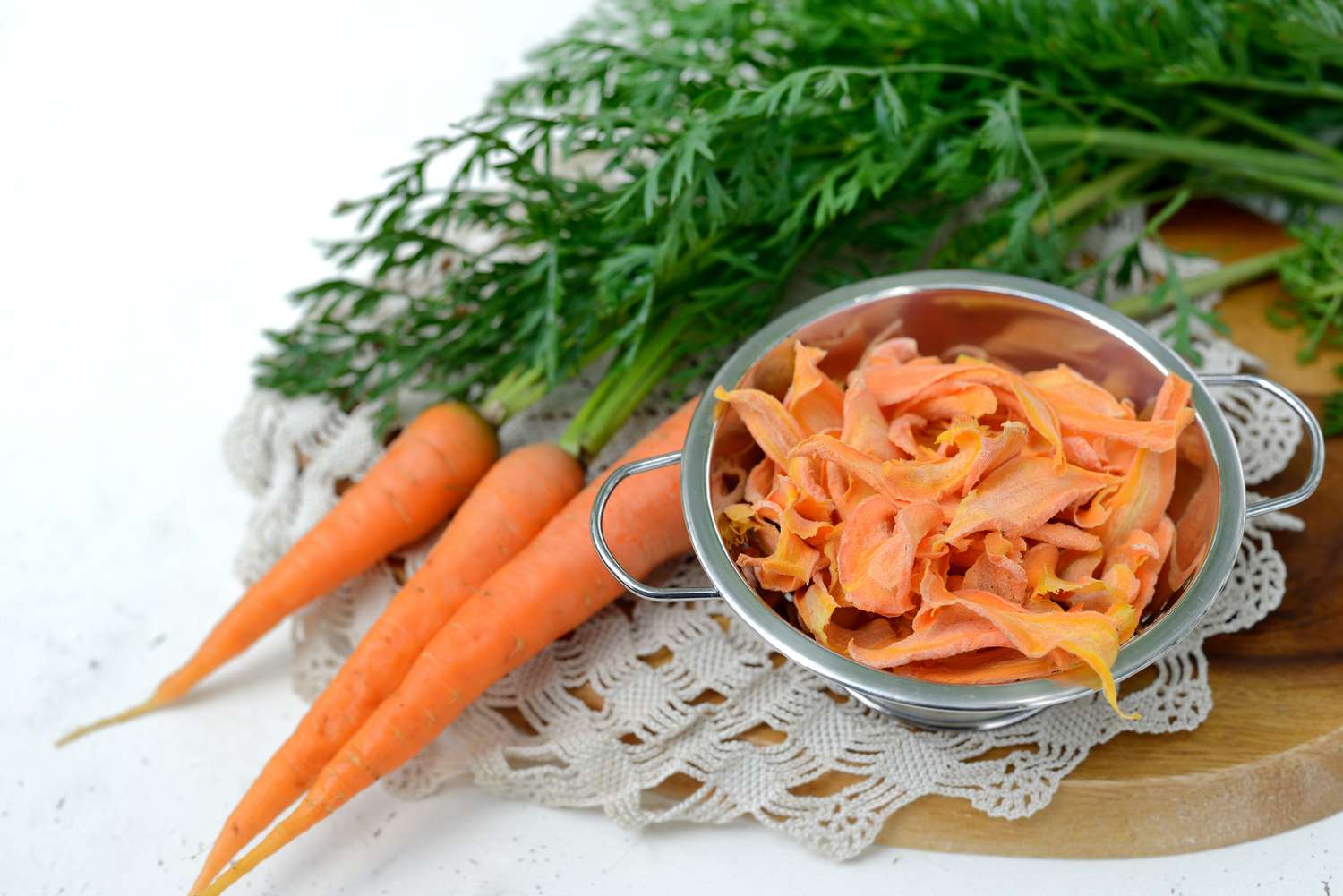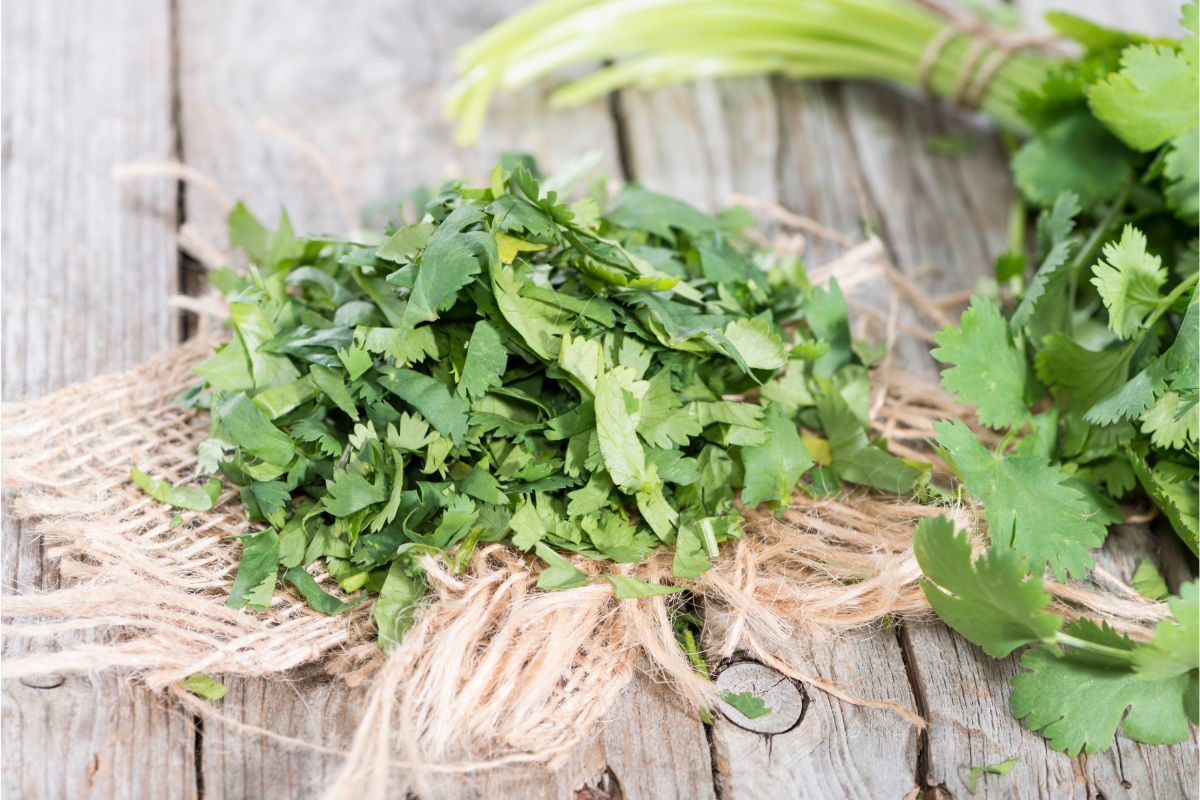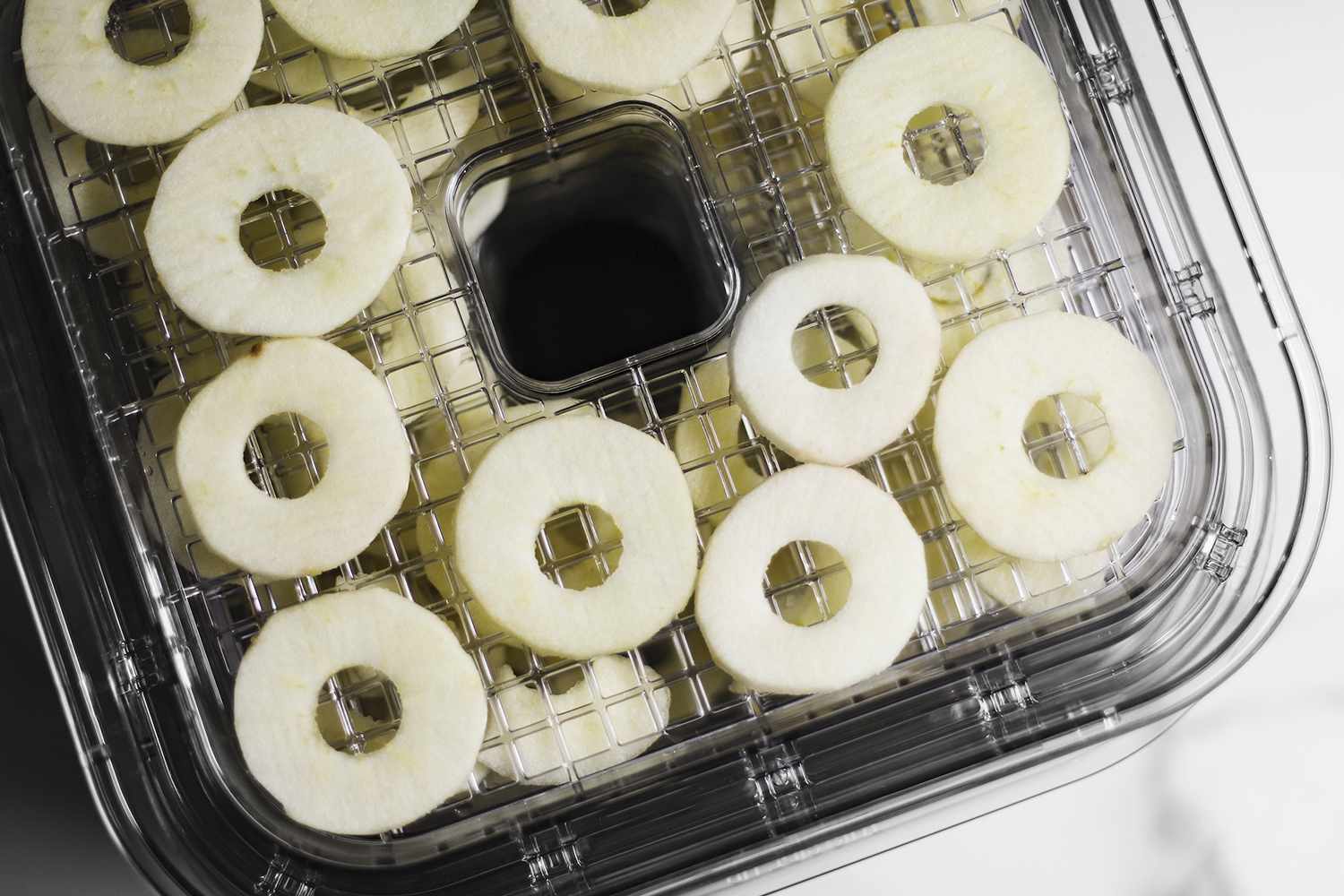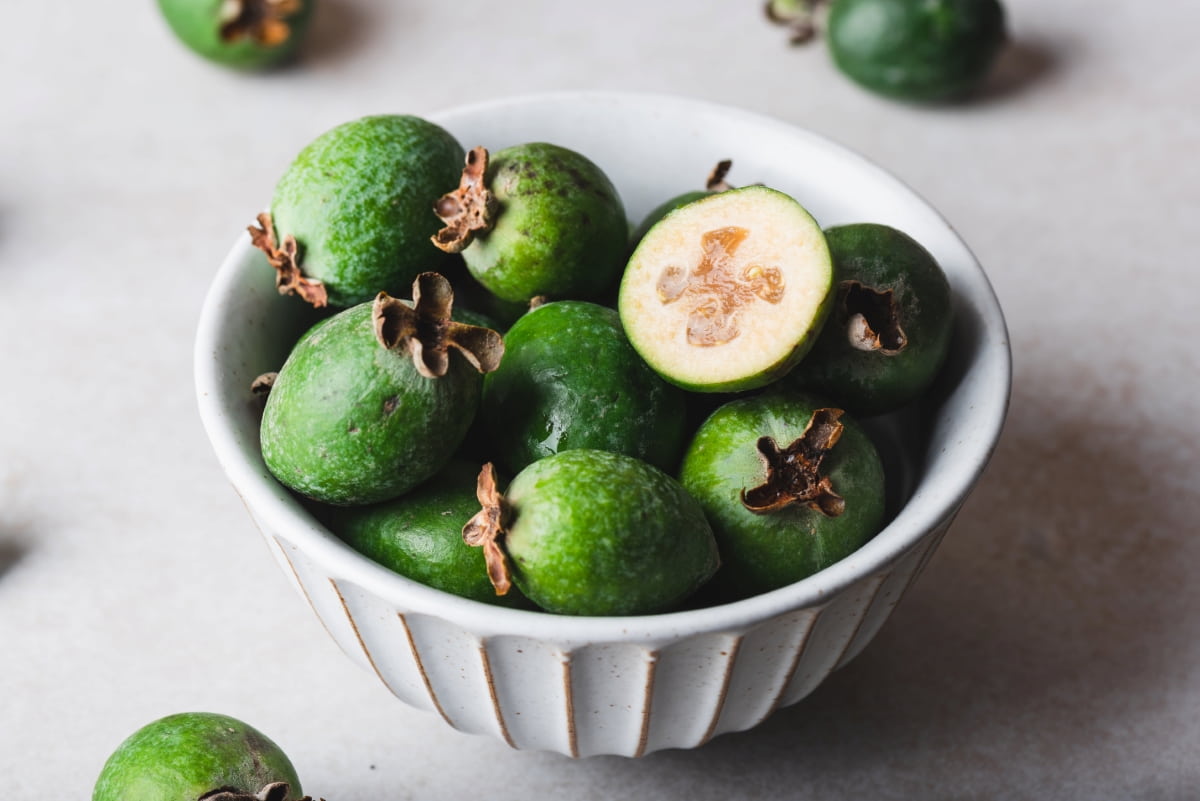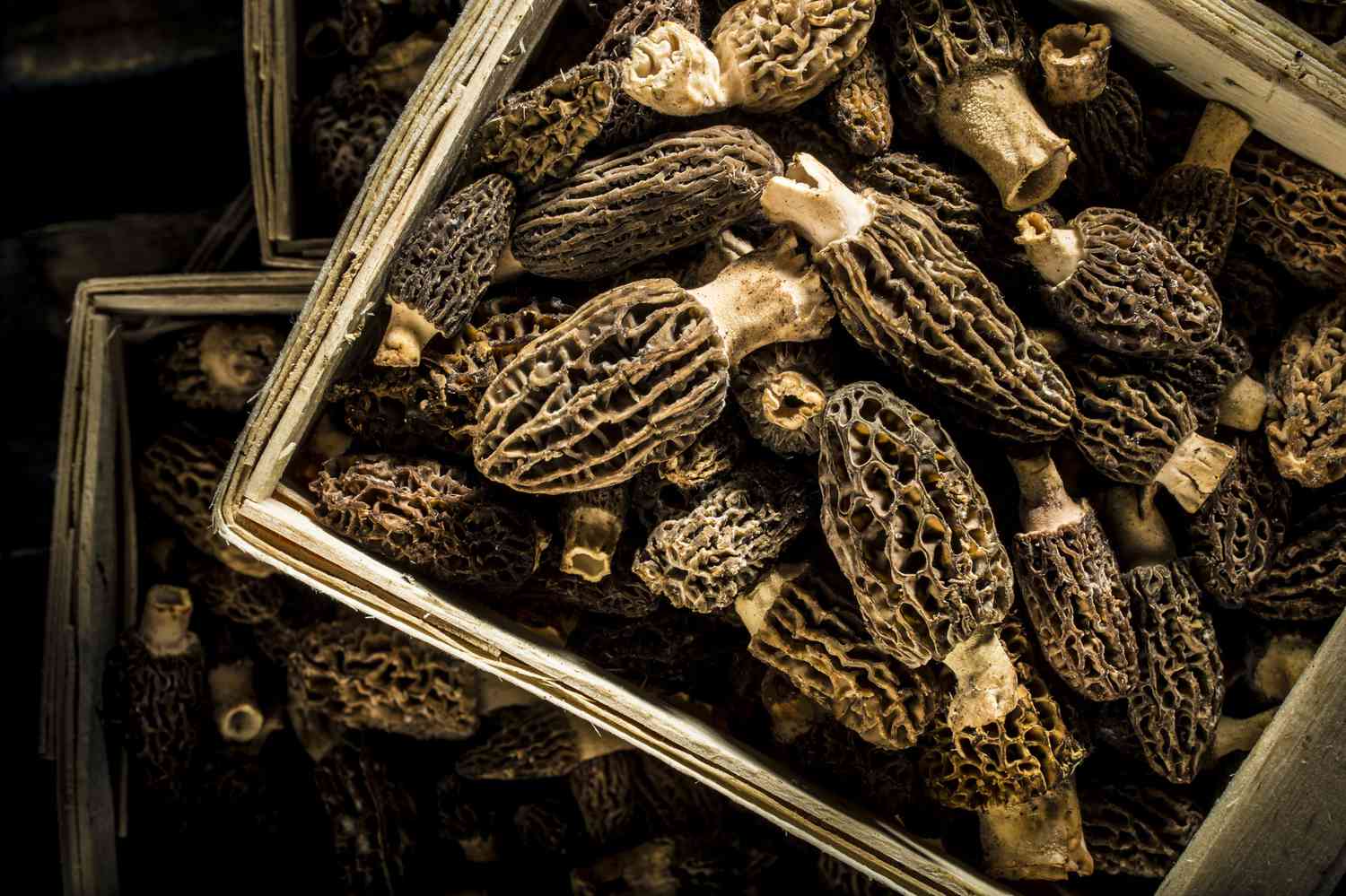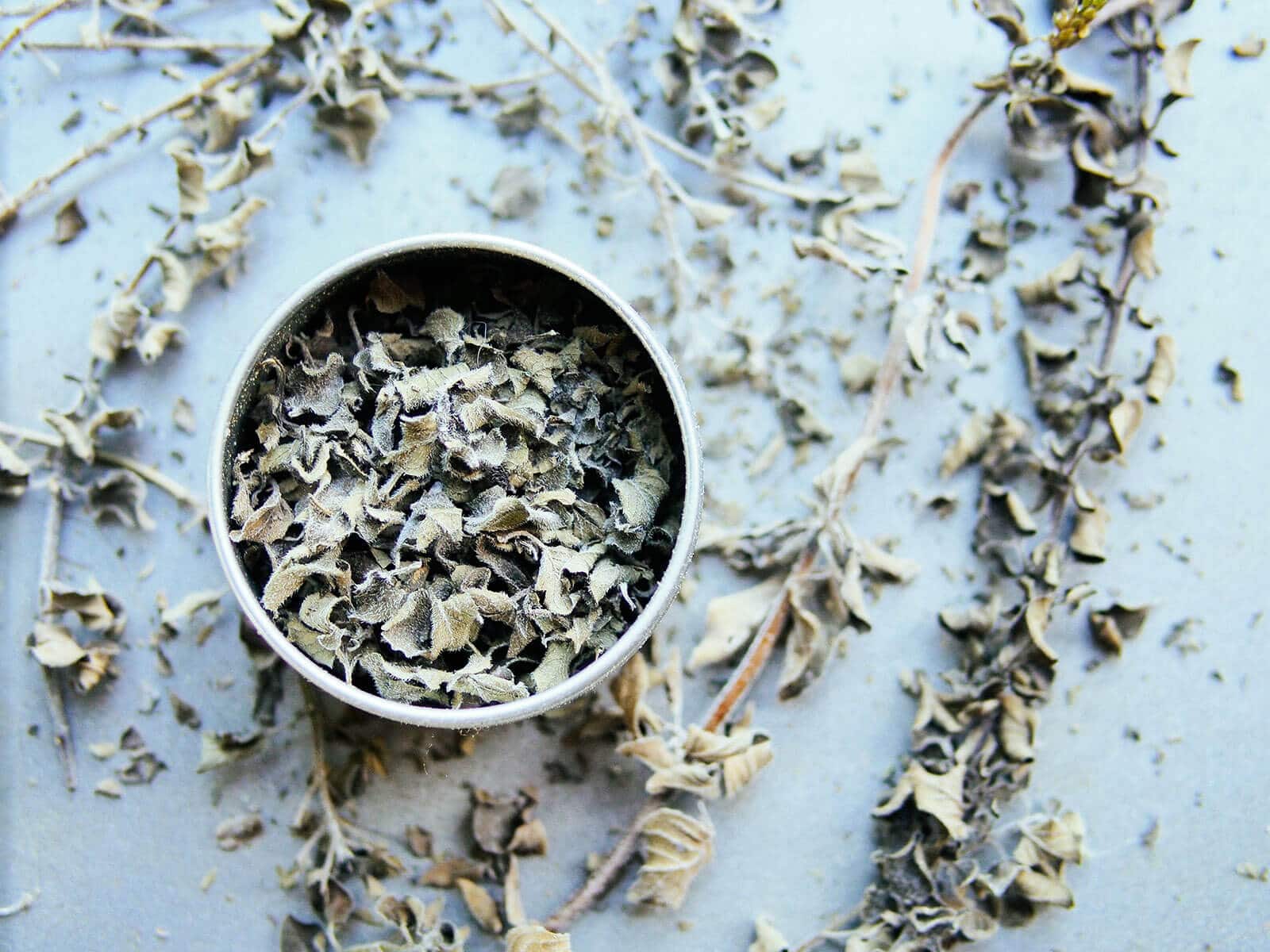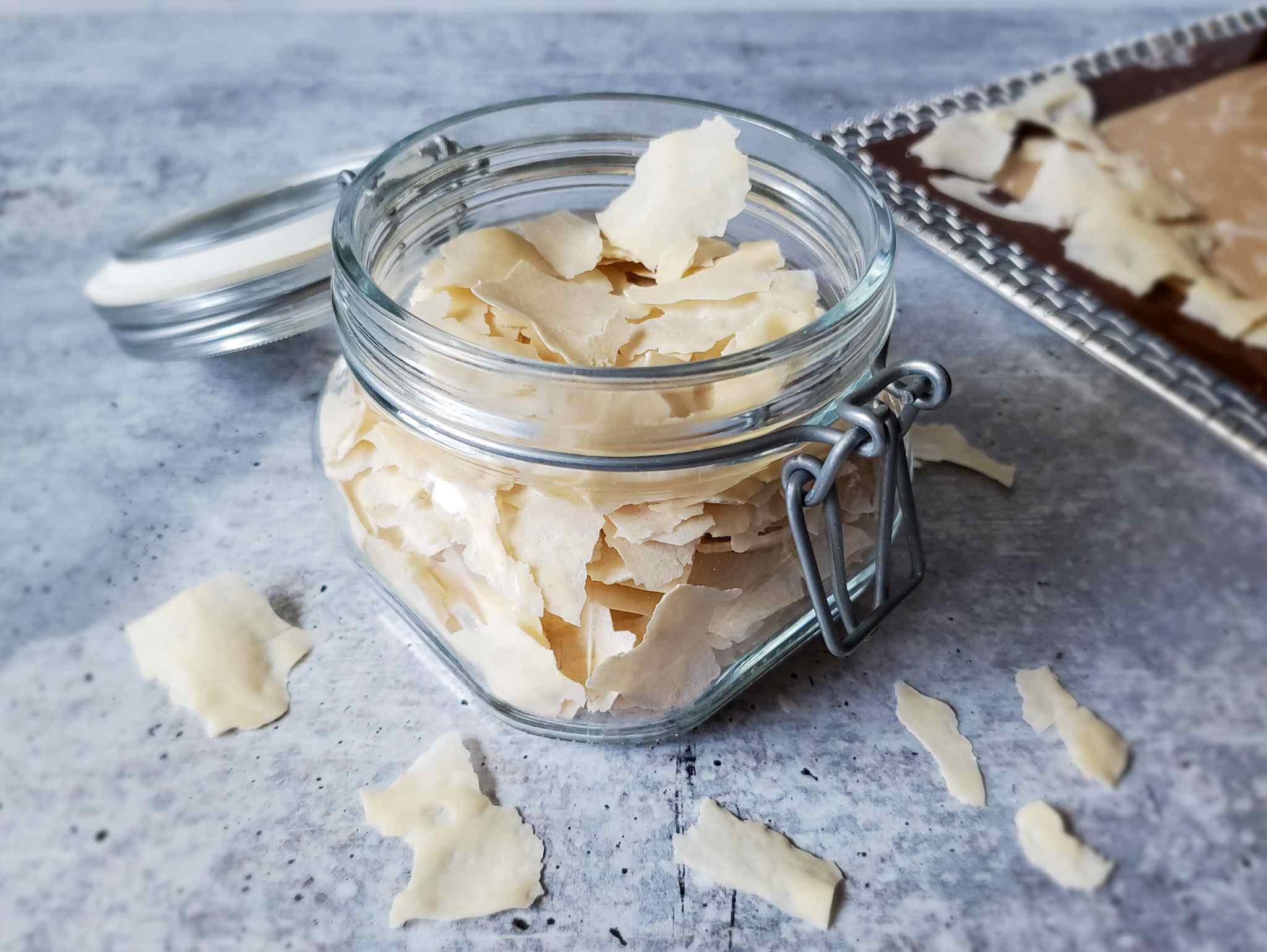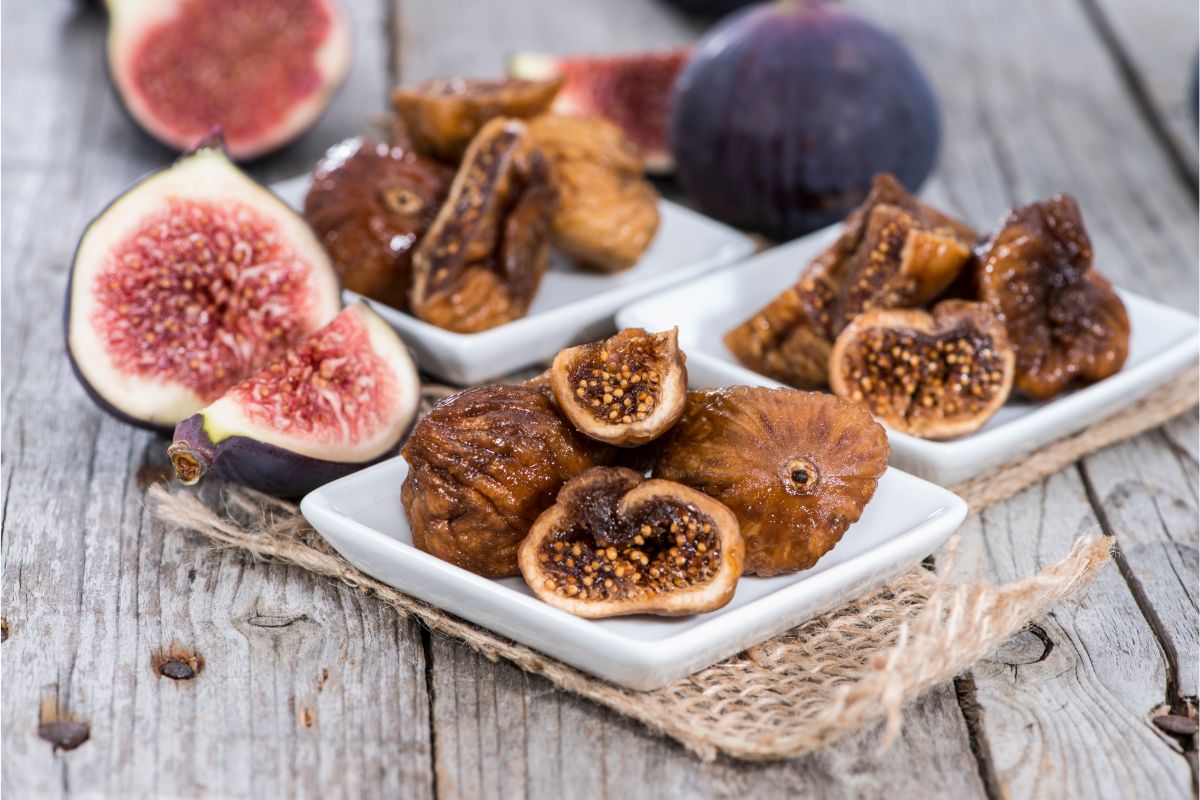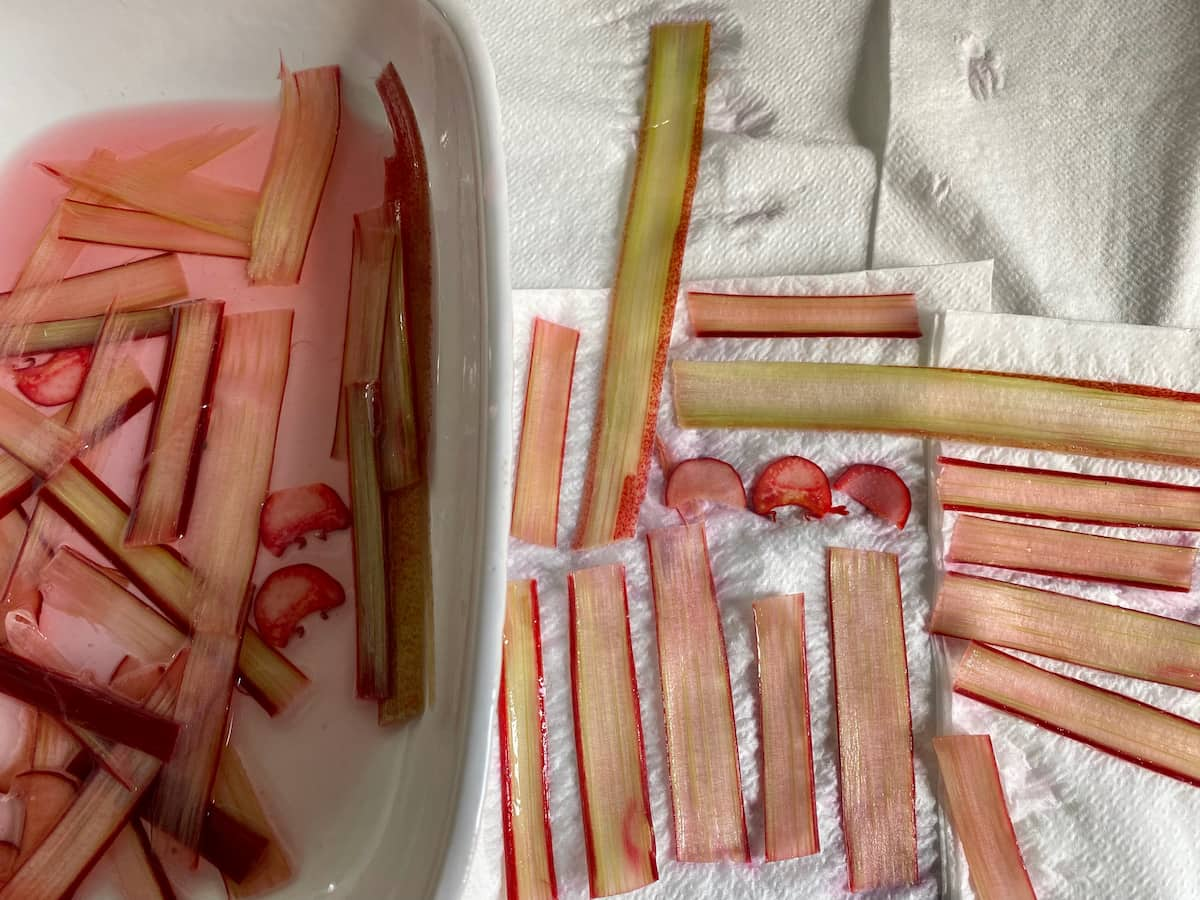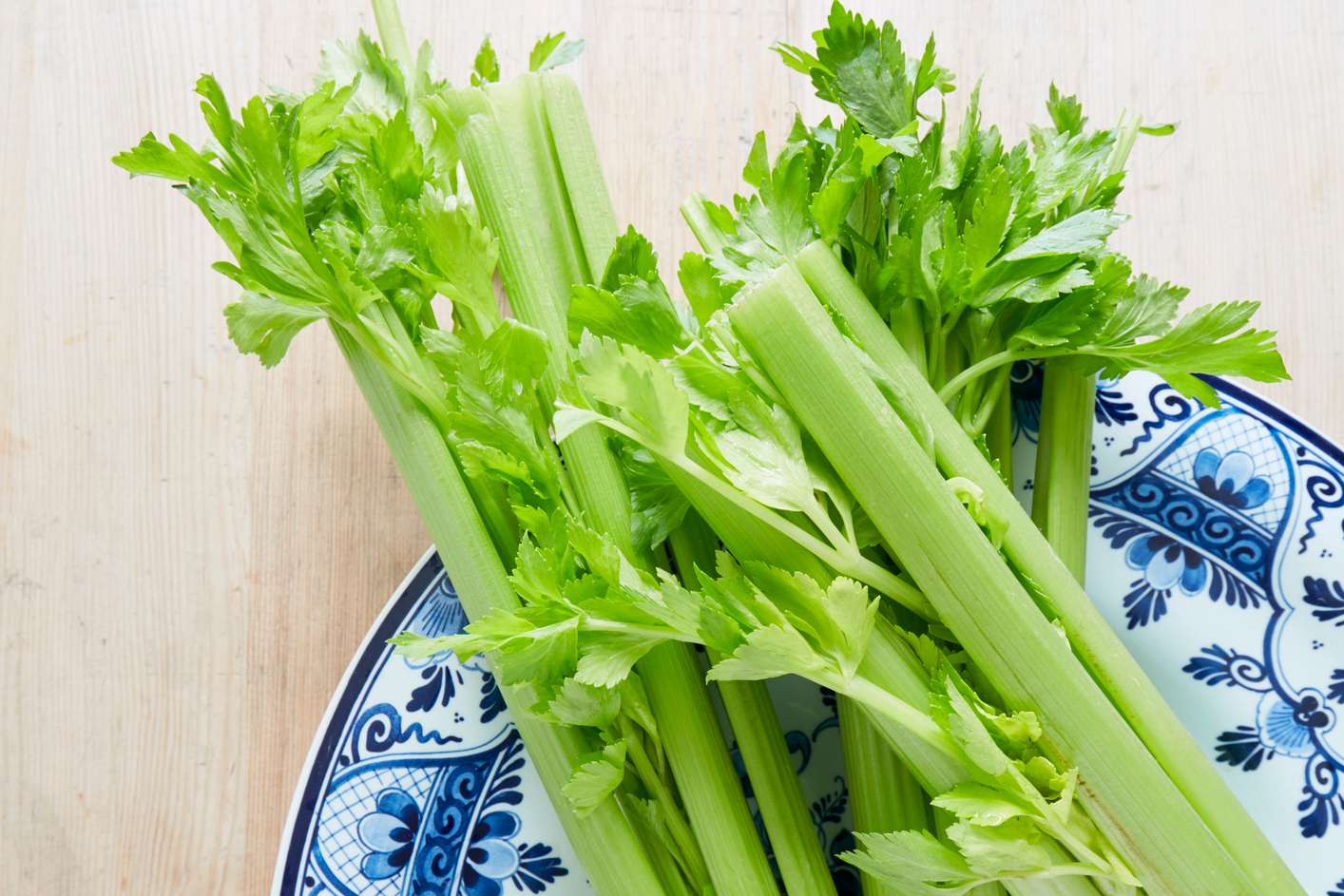Dehydrating Vegetables and Fruit: A Beginner’s Guide
Dehydrating vegetables and fruit is a great way to preserve them for long-term storage. Not only does it help in reducing food waste, but it also allows you to enjoy your favorite produce all year round. Whether you’re a seasoned homesteader or a beginner looking to try something new, dehydrating vegetables and fruit is a simple and rewarding process. Here’s a beginner’s guide to get you started!
Choosing the Right Produce
When it comes to dehydrating vegetables and fruit, it’s essential to start with fresh, high-quality produce. Look for fruits and vegetables that are ripe and free from any blemishes or bruises. Some popular choices for dehydrating include:
- Apples
- Bananas
- Carrots
- Tomatoes
- Berries
- Peppers
These are just a few examples, but the options are endless. Feel free to experiment with different types of produce to find your favorites!
Preparing the Produce
Before you start dehydrating, it’s important to properly prepare the produce. This may involve washing, peeling, and slicing the fruits and vegetables into uniform pieces. For fruits like apples and bananas, a quick dip in lemon water can help prevent browning. Additionally, blanching certain vegetables like carrots and peppers can help preserve their color and texture.
Dehydrating Process
Once the produce is prepped, it’s time to start the dehydrating process. There are a few different methods you can use, including using a dehydrator, oven, or even the sun. Here’s a basic overview of the dehydrating process:
- Arrange the prepared produce in a single layer on the dehydrator trays or baking sheets.
- Set the dehydrator or oven to the appropriate temperature, typically between 125°F and 140°F.
- Allow the produce to dehydrate for several hours, rotating the trays or flipping the produce as needed for even drying.
- Check for doneness by testing the produce for dryness and pliability.
- Once dried, allow the produce to cool before transferring it to airtight containers for storage.
Storing Dehydrated Produce
Proper storage is key to maintaining the quality of your dehydrated produce. Store the dried fruits and vegetables in airtight containers such as glass jars or vacuum-sealed bags. Keep them in a cool, dark place away from moisture and heat to prolong their shelf life. When stored correctly, dehydrated produce can last for several months to a year.
Enjoying Dehydrated Produce
Dehydrated fruits and vegetables can be enjoyed in a variety of ways. They make for convenient and nutritious snacks on the go, add a flavorful punch to trail mix, and can be rehydrated for use in soups, stews, and other dishes. Get creative with how you incorporate your dehydrated produce into your meals and snacks!
Dehydrating vegetables and fruit is a simple and rewarding way to preserve the flavors of the season. Whether you’re stocking up for the winter or simply looking for a new way to enjoy your favorite produce, dehydrating is a valuable skill for any home cook. So, roll up your sleeves, grab your favorite fruits and vegetables, and start dehydrating!
Was this page helpful?
Read Next: How To Dehydrate Veggies I Oven
